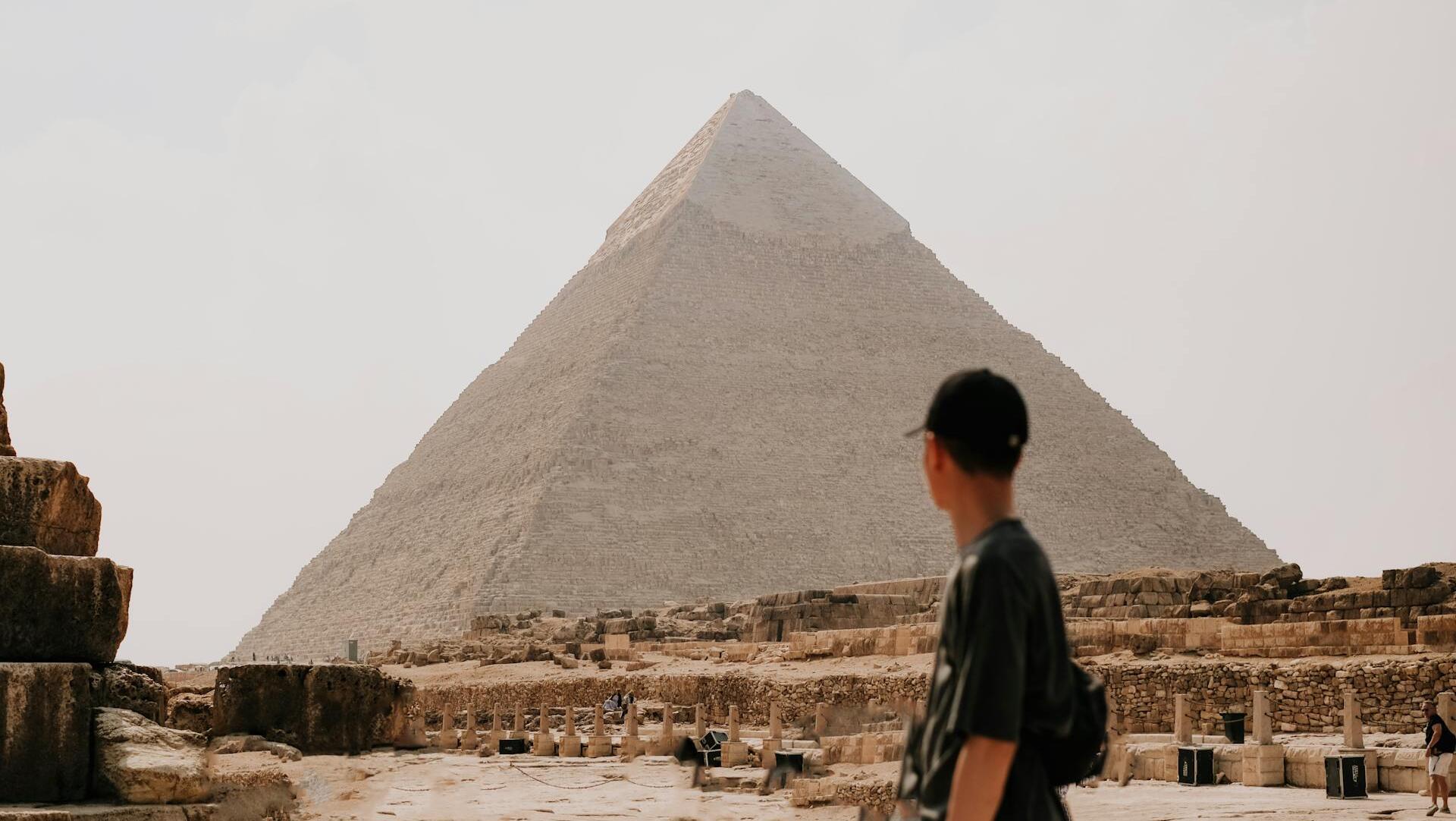Travel

Tanzania uses horti-tourism for rural economic growth

The Tanzanian government is promoting the integration of horticulture and tourism to boost rural economies. Permanent Secretary in the Ministry of Agriculture, Gerald Mweli emphasises the potential of linking the multi-billion dollar horticulture and tourism industries, which inject around US$3.9 billion into Tanzania’s economy annually. “Investment opportunities in horticulture, spice and organic farming and other high-value crops hold immense promise, not only for our domestic hospitality industry but also for foreign export,” he said at the event organised by the Tanzania Horticultural Association (TAHA), the Tanzania Association of Tour Operators (TATO) and supported by the Embassy of the Kingdom of the Netherlands. Mweli proposed developing agro-processing zones and strategically located farms along key tourism corridors like Arusha, Kilimanjaro and Manyara. The envisioned model would combine high-quality fresh produce and tourism attractions through guided farm tours, roadside fresh markets and culinary trails while creating rural employment opportunities. This comes as horti-tourism continues to grow globally in countries where many rely on horticulture for income. TAHA CEO, Jacqueline Mkindi echoed Mweli’

New airport looking to bring travel to southern Africa

A recently opened airport in southern Africa is providing opportunity for tourism and flights in lesser visited parts of the continent. As international travel gets back into full swing post-pandemic, new airports are opening up across the globe, including the Luanda Dr. António Agostinho Neto International Airport (AIAAN) in Angola. It first opened for business in November 2022 but passenger flights didn't get underway till the end of 2024. Globally, airlines carried a 9.5 billion passengers to destinations all around the globe last year and according to the African Airlines Association, around 98 million of these travellers flew to Africa. However, air travel remains concentrated in other areas with North Africa making up 40.4% of the continent's total passenger traffic.Credit: Yezzispapi via WikimediaThe Dr. António Agostinho Neto International Airport is looking to change that and design itself as the key port for air transport in the southern region. By the end of this month, all domestic and international flights from Luanda's existing airport, Quatro de Fevereiro to AIAAN. The new facility was built by the China National Aero-technology International Engineering Corporation, and boasts two modern runways a

Tourists flocked to Egypt in record numbers in 2024

Egypt drew a record 15.7 million tourists in 2024, with tourism revenues in the year’s first half reaching US$6.6 billion (A$10.637 billion). The country exceeded 2023’s record of 14.9 million tourists, and has surpassed pre-pandemic levels. “What tourism has achieved in Egypt, despite the geopolitical situation in the region and the changes in the world in general, came as a result of a collective effort that we should all be proud of and preserve,” said Tourism and Antiquities Minister Sherif Fathy. Revenue in the Egyptian tourism sector climbed to US$6.6 billion in the first half of 2024, according to the Egyptian government’s State Information Service. This represents a year-over-year increase, with revenue in 2023’s first half totalling $6.3 billion. The most common countries of origin for tourists in Egypt in 2024 included Saudi Arabia, Russia, the United Kingdom, Germany, and the United States. Tourist arrivals from other Arab countries exceeded 2023’s total, with Saudis representing around half of all Arab tourists in Egypt. Before 2023, Egypt’s record for annual tourist arrivals was 14.7 million, reached in 2010. This number fell over the following decade due to political instability and the covid-19 pandem